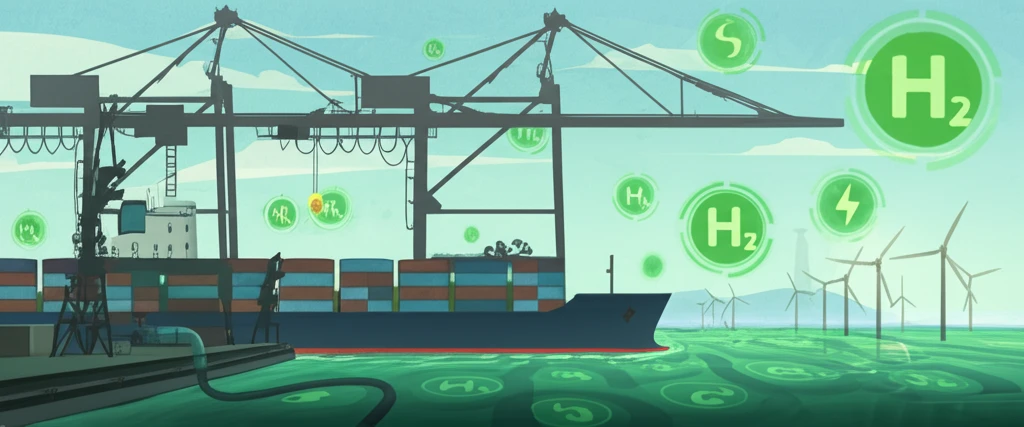
Can Shipyards Keep Up? The Looming Bottleneck in Global Hydrogen Transport
"A new study reveals potential shortages in shipyard capacity, threatening the expansion of maritime hydrogen transport. Is liquefied ammonia the answer?"
The global push to decarbonize energy systems is driving massive growth in renewable energy technologies. Yet, the most cost-effective renewable sources aren't always close to the biggest energy consumers. This is where maritime transport steps in, carrying low-carbon energy carriers like hydrogen and ammonia across the seas.
But here's the catch: can shipyards build enough specialized vessels to handle the expected surge in demand for these energy carriers? A recent study digs into this question, estimating future tanker demand based on global hydrogen projections and comparing it to historical shipyard output.
The findings reveal a potential bottleneck on the horizon, particularly if the world relies too heavily on liquefied hydrogen. This raises critical questions about how to overcome these limitations and ensure the smooth scaling up of maritime hydrogen transport.
The Bottleneck is Real: What the Study Found

The study highlights a few key concerns: first, a potential transport bottleneck could emerge between 2033 and 2039 if liquefied hydrogen is the primary energy carrier. Second, the concentration of suitable shipyards in East Asia raises diversification worries.
- East Asia Dominance: The study pinpoints only 14 shipyards capable of constructing these specialized vessels, and they're largely concentrated in East Asia. This lack of geographical diversity creates vulnerabilities.
- Capacity Crunch: The analysis projects a potential shortage of up to 53 million cubic meters in transport capacity by 2035 if the world relies solely on liquefied hydrogen.
- Container Ship Competition: Increasing demand for standard container vessels could further strain shipyard capacity, hindering the maritime hydrogen transport scale-up.
Avoiding the Impasse: Solutions for a Smooth Transition
The study isn't all doom and gloom. It also points to potential solutions. Increasing local hydrogen production, utilizing pipelines, or embracing liquefied ammonia as an energy carrier could circumvent the bottleneck. Liquefied ammonia offers a particularly promising alternative, as it may be easier to transport and handle than pure hydrogen.
